Did you have an exhilarating kayaking adventure that left you feeling the full effects in your chest?
Paddling a kayak is often associated with back and shoulder pain, but kayaking can cause strain in just about any muscle in your body.
Feeling chest pain naturally generates some anxiety.
You might be worried about whether you have a serious injury, or you may even be wondering if you are having a heart attack.
Now, the real question to ask is whether or not your chest pain is related to your kayaking trip and if you need to seek medical attention.
If chest pain from kayaking is new for you, then you’ll also want to find out how to stop it from happening again.
This is especially important if you have an upcoming kayaking trip that you don’t want to miss.
- Does Paddling Use Your Chest Muscles?
- Is This Muscle Pain or a Heart Attack?
- Can Kayaking-Related Chest Pain Cause Difficulty With Breathing?
- What If Chest Pain Starts While You Are Kayaking?
- How Do You Know If You Broke a Rib?
- When Should I Go to the Doctor?
- Can a Bad Paddling Technique Cause Chest Pain?
- Which Chest Exercises Are Best for Kayakers?
- What Can You Do To Ease Chest Pain?
- Can You Go Kayaking With a Chest Injury?
- Conclusion
- You Might Also Like…
Does Paddling Use Your Chest Muscles?
Your chest cavity houses your ribs, heart, lungs and several important muscles.
You are likely most familiar with the pectoral region, which is the upper part of your chest. The pectoral region has four main muscles.
- pectoralis major
- pectoralis minor
- serratus anterior
- subclavius
These muscles help to stabilize your upper limbs, and they provide some protection to the other parts of your chest.
As you paddle, your back and chest muscles work together to generate the forces that you need to move your kayak through the water.
In some cases, your chest muscles might work harder to make up for weakness in your back and shoulder muscles.
Or, you might accidentally strain your chest by making a sudden maneuver that pulls your body out of the correct alignment.
Is This Muscle Pain or a Heart Attack?
The cause of chest pain can sometimes be hard to nail down.
When chest pain strikes, it is normal to have your thoughts go immediately to the possibility that you are having a heart attack.
However, only about 20% of people who go to the hospital with chest pain receive this as a diagnosis.
Instead, there are multiple other health conditions that can cause pain in your chest. For instance, angina is a condition that can cause chest pain after exertion.
Since angina can be a sign of coronary artery disease, you will still need to be concerned if you experience symptoms such as a squeezing sensation or pressure in your chest.
Only a doctor can diagnose a heart attack, but you can look for signs that can help you determine if this is a medical emergency or just a minor injury.
Chest pain that is accompanied by these symptoms means that you may need to seek medical treatment as soon as possible:
- pain, tingling or numbness in your jaw, arm or back
- nausea or vomiting
- shortness of breath
- a feeling of impending doom
- loss of consciousness
Muscle strains tend to generate symptoms that are limited to the site of the injury. You might also notice that the pain tends to get better or worse if you change positions.
Can Kayaking-Related Chest Pain Cause Difficulty With Breathing?
A chest injury might make breathing uncomfortable, but you should still feel like you can take a full breath.
The rise and fall of your chest as you breathe can irritate sore muscles that respond to the movement.
However, you shouldn’t find that this pain is severe.
If you cannot breathe properly or the pain is severe and sharp, then you might have a more severe injury from kayaking that requires medical care.
What If Chest Pain Starts While You Are Kayaking?
When chest pain starts during a kayaking trip, it is important to try to determine what is causing it.
For example, falling into cold water can cause your body to go into shock, which places you at risk for a heart attack.
If you suspect that you are having a heart attack or another type of medical emergency, then you need to signal to your kayaking buddy that you are in trouble.
They can then paddle alongside you to make sure that you make it to the shore. If your symptoms are extreme, then you might want to tether yourself to their kayak in case you need a tow.
Reaching out for emergency medical services can be done from your boat or the shore if you have cell service or a satellite device.
If you’ve been kayaking for a longer time than normal, then you might just be feeling the strain on your chest towards the end of your trip. If this is the case, then it is best to try to find a chance to take a break.
If you are near the shoreline, then this might be time to call it a day. Or, you may need to find a calmer section of the water that isn’t so demanding on your chest muscles.
How Do You Know If You Broke a Rib?
You might suspect a broken rib if you experience a major capsize that causes you to get hit in the chest by objects in the water.
But, did you know that you can also experience a rib stress fracture without experiencing any obvious trauma?
A rib stress fracture is a repetitive use injury that occurs when too much strain is placed on a bone in your chest.
It causes chest pain that tends to be localized to a specific spot. You might also feel pain if you take a deep breath or move in certain ways.
This type of chest injury can sometimes be difficult to diagnose, but you can help your doctor make the right diagnosis by letting them know that you developed the pain after kayaking.
When Should I Go to the Doctor?
You’ll want to seek emergency treatment if you have symptoms that feel like you might be having a heart attack or experiencing cold shock.
Chest pain that makes it hard to breathe should also be evaluated.
If the pain is mild and doesn’t occur with other symptoms, then you can wait to see if it goes away with rest.
Any chest pain that gets worse over several hours or days will also require you to seek a doctor’s opinion.
Can a Bad Paddling Technique Cause Chest Pain?
Poor posture or an improper paddling technique could cause you to experience more chest pain.
Holding the paddles too close to your body can cause the wrong muscles in your chest to stay engaged for long periods of time.
Beginner kayakers should continue to focus on maintaining the right form by staying in the paddler’s box.
Advanced kayakers can continue to refine their technique, and all paddlers will want to continue to check in with their body to identify any areas of their chest that is experiencing unnecessary strain.
Which Chest Exercises Are Best for Kayakers?
Strong chest muscles are less likely to get injured. A good chest workout should include exercises that affect each muscle differently.
Traditional push-ups are great for activating the pectoral muscles. You can also do standing cable chest presses.
Unlike your legs or arms, you don’t necessarily need to make chest exercises a full workout. Instead, you can include them in your normal fitness routine, but you will want to try to do them about three times a week for the best results.
Stretching your chest muscles is another effective way to prevent painful injuries. Flexible muscles are better able to move as you shift weight to the different sides of your body. You should strive to stretch your chest both before and after you go kayaking.
To prevent chest pain from stretching, remember to be gentle. You should not feel any major strain as you stretch.
What Can You Do To Ease Chest Pain?
Chest pain that is caused by a muscle strain should respond to the typical methods for relieving inflammation. Over-the-counter pain medications can help soothe minor aches and pains in your chest.
You can also try using the RICE technique. Keep in mind that any compression garments or bandages that you use for your chest should not interfere with your ability to breathe freely.
If you wrap your chest too tight, it can cut off blood circulation and prolong your agony.
If your chest pain is caused by a more serious or chronic underlying condition, then you’ll need to follow your doctor’s recommended treatment plan.
Taking any prescribed medication as you are directed can help you continue to enjoy your favorite watersport.
Can You Go Kayaking With a Chest Injury?
Minor chest pain shouldn’t interfere with your ability to go kayaking. You can still plan to hit the water if you are certain that the pain in your chest was caused by overuse.
Keep in mind that you may still want to plan an easier kayaking trip than normal. Choosing to kayak on a calm lake is less likely to add strain to sore muscles compared to trying to maneuver around on choppy waves.
If you have a severe chest injury, then your physician might recommend that you skip kayaking until you are fully recovered. For instance, a rib stress fracture could keep you out of the water for a couple of months.
Being sidelined from kayaking might not feel good, but you can still keep up with certain parts of your training in the meantime.
Ask your physician which chest exercises you can do while you heal. You can also focus on toning other parts of your body.
Working on your arms or legs can help you stay ready for the day when you can paddle across the water again.
Conclusion
You might occasionally experience chest pain after an especially lengthy or challenging kayaking trip, but it should never be so severe that you start to fear for your life.
By paying attention to your body and making adjustments to your paddling technique, you can make sure that the only thing you are left with after your next adventure is just wonderful memories and a sense of satisfaction.
You Might Also Like…
-
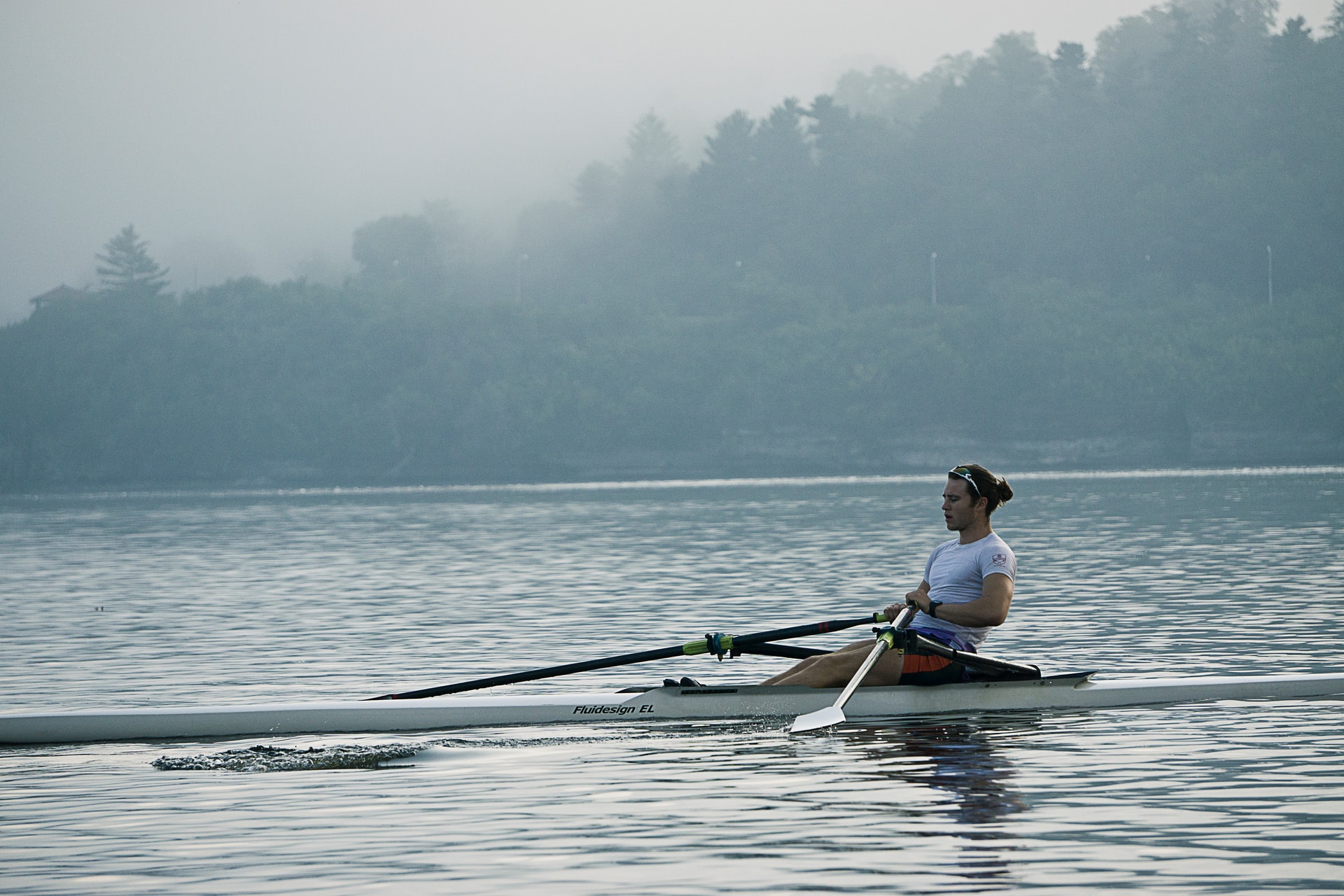
Kayaking Vs. Rowing: What’s the Difference? (8 Key Differences)
-
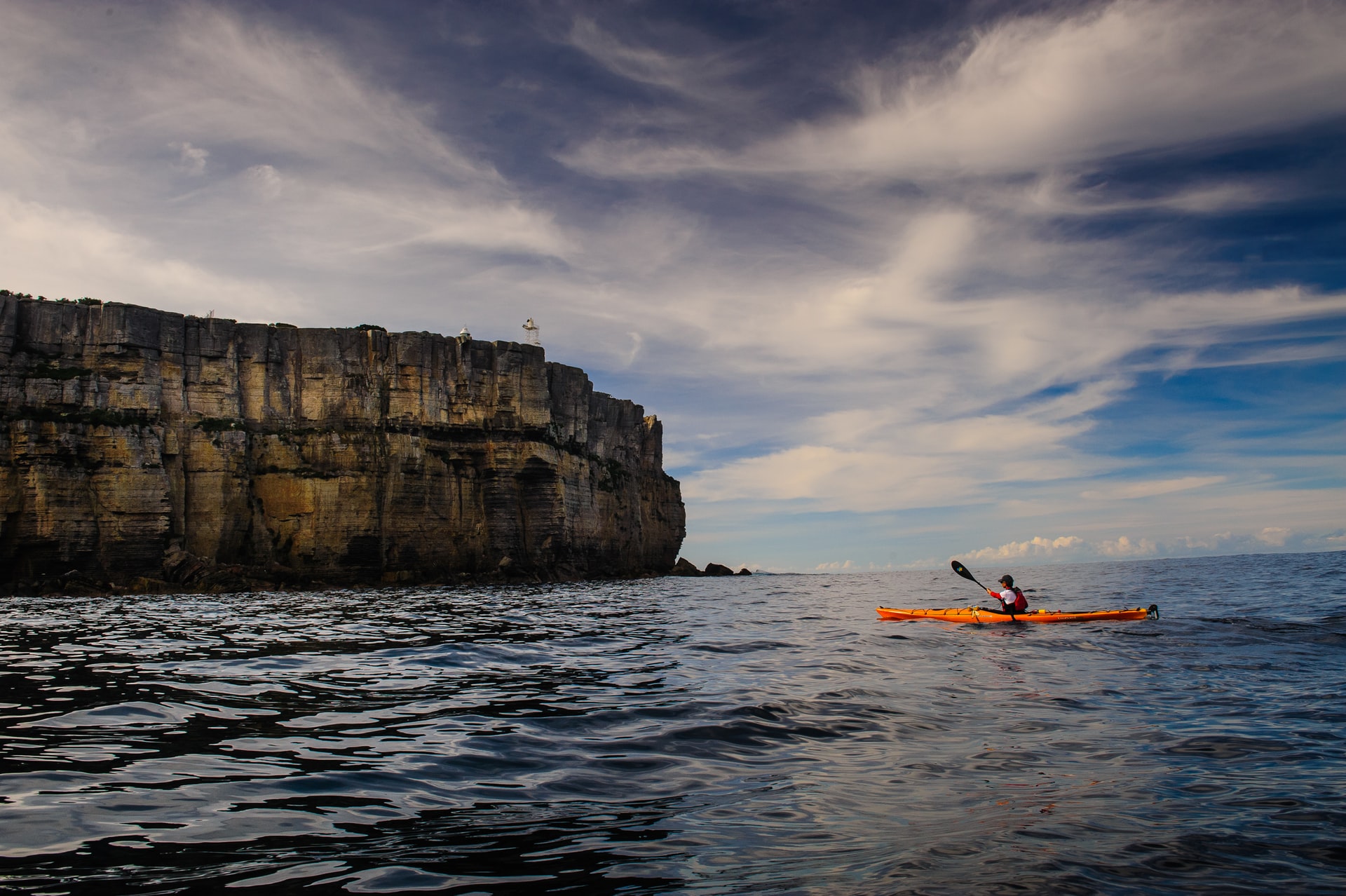
When Is It Too Windy for Kayaking? (Crucial Facts You Should Know)
-

When to Go Kayaking? (What Every Kayaker Should Know)
-
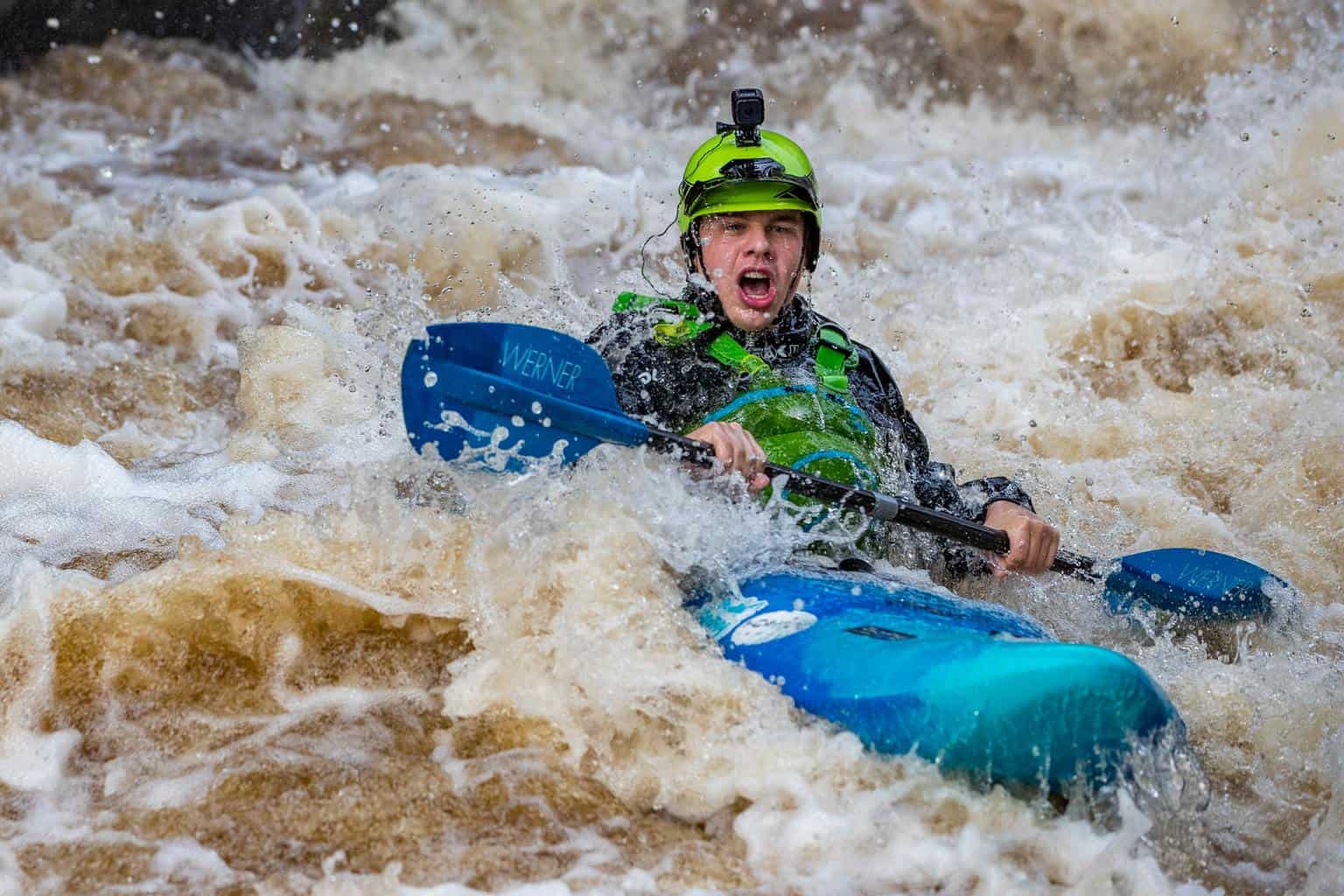
Will I Get Wet Kayaking? (Common Reasons & How to Stay Dry)
-
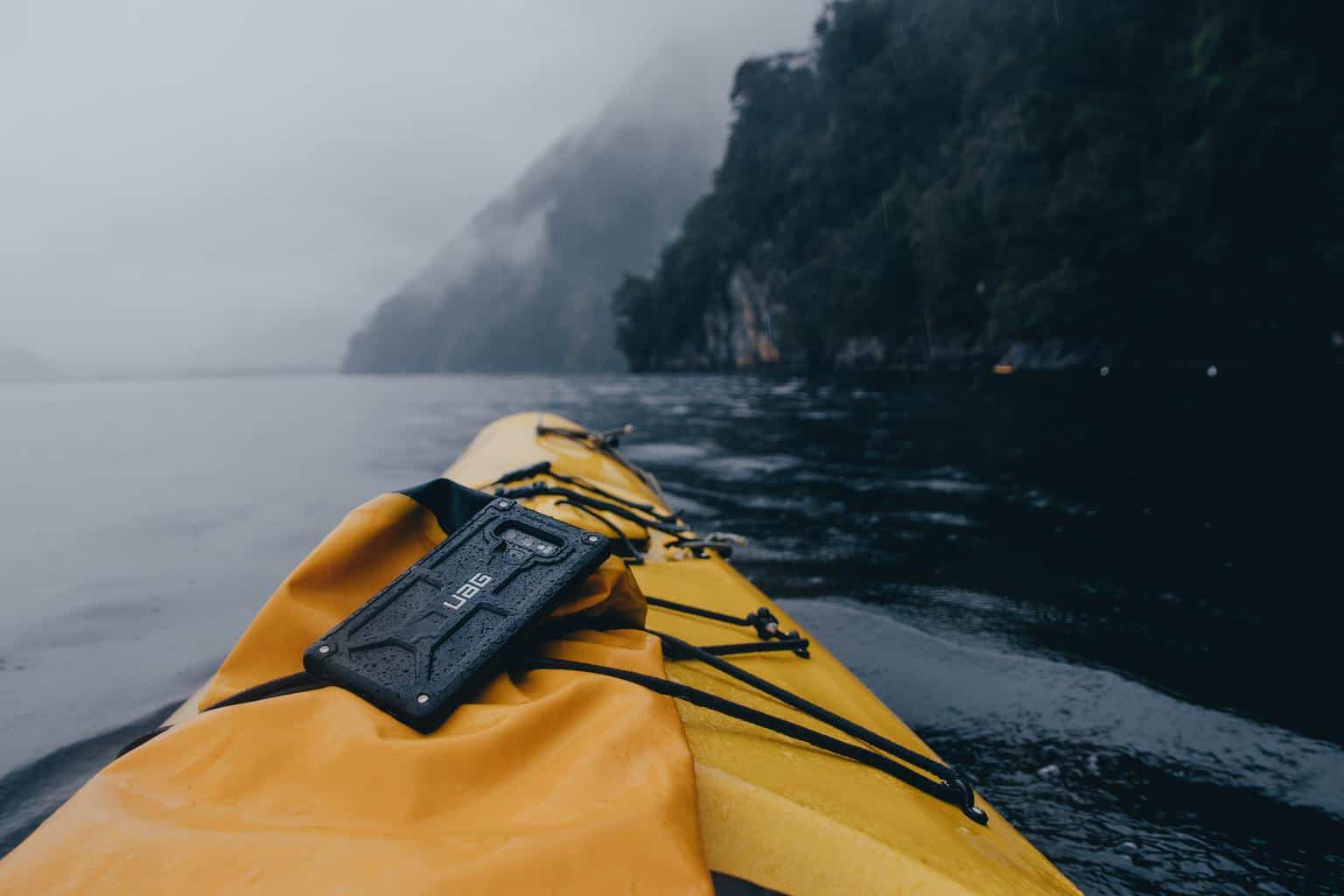
Should I Bring My Phone Kayaking? (7 Good Reasons)
-

What Shoes to Wear Kayaking? (+ the Best Shoes for Your Needs)
-

Can Kayaking Cause Chest Pain? (What Every Kayaker Should Know)
-

Can I Go Kayaking With a New Tattoo? (Facts You Should Know)
-

Can You Go Kayaking On Your Period? (+Practical Tips)
-
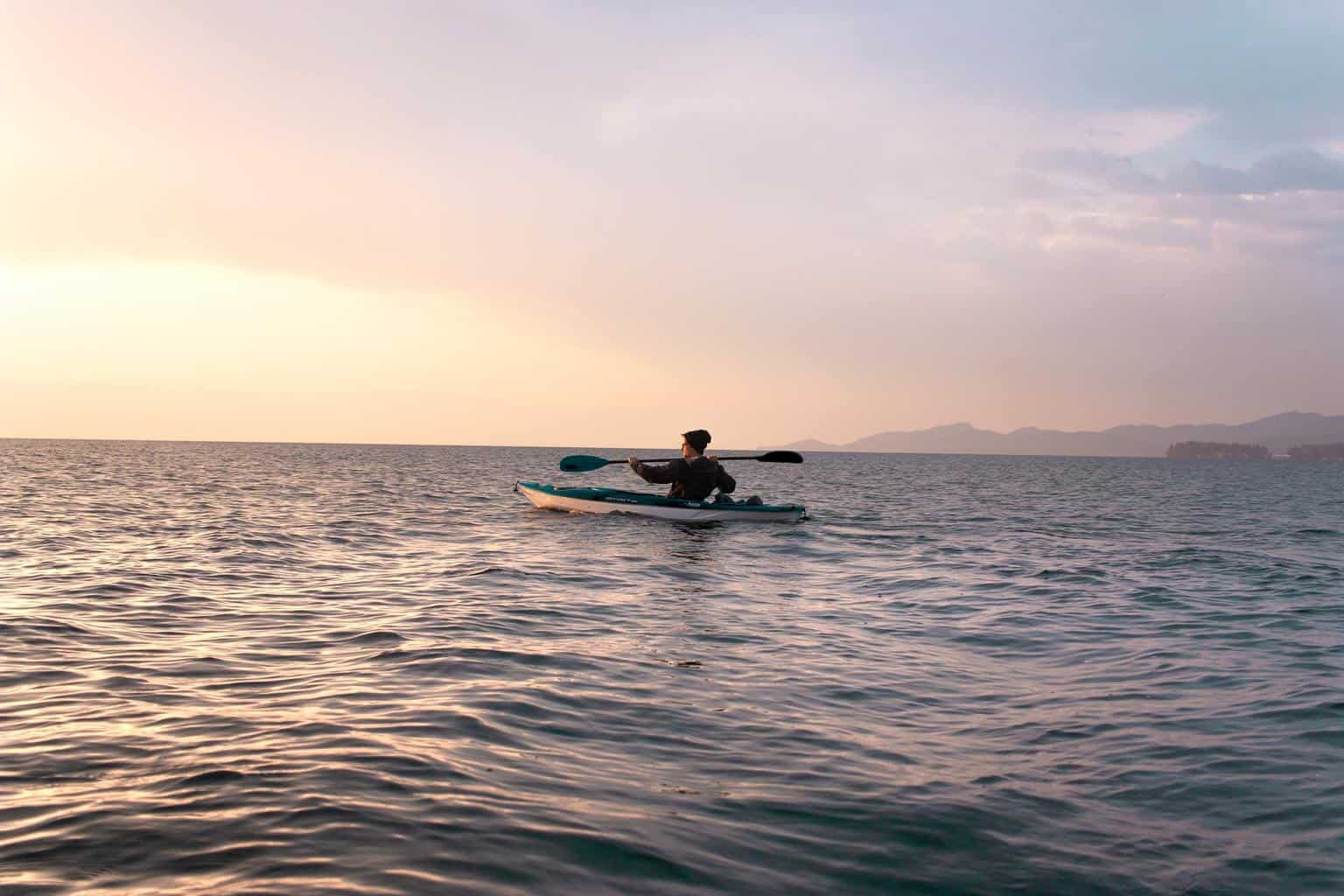
Can Kayaking Cause Hemorrhoids? (What Every Kayaker Should Know)
-

Can Kayaking Cause Tennis Elbow? (+8 Simple Tips to Avoid It)
-
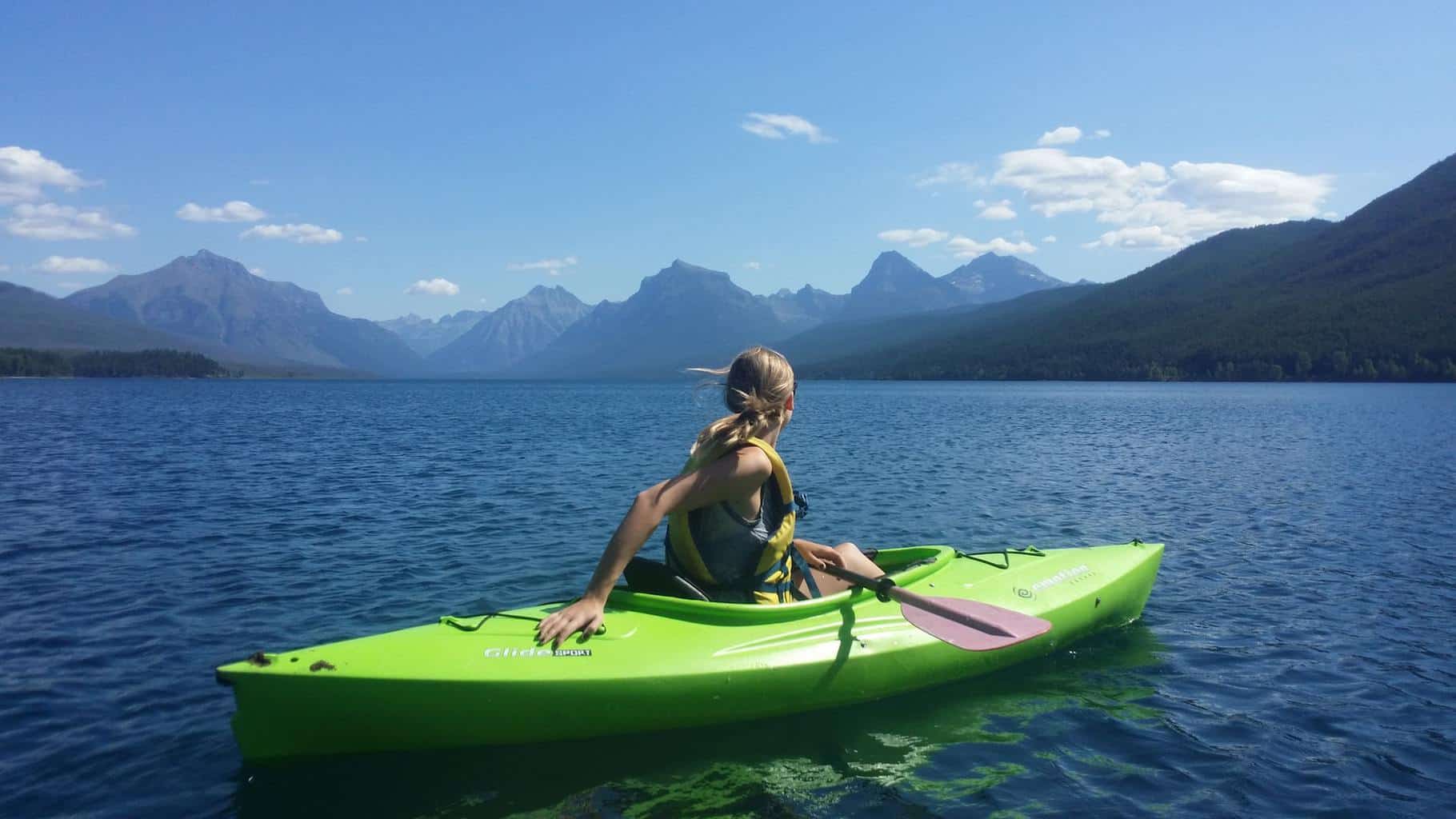
Can Kayaking Cause Sciatica? (+7 Tips to Avoid It)











